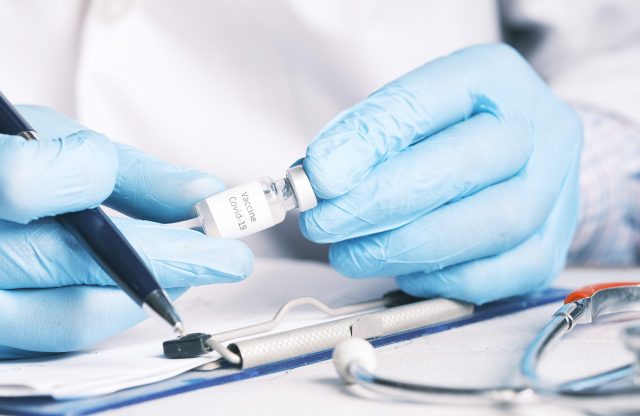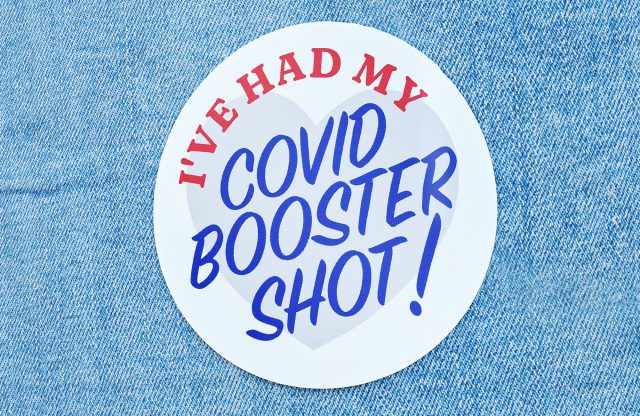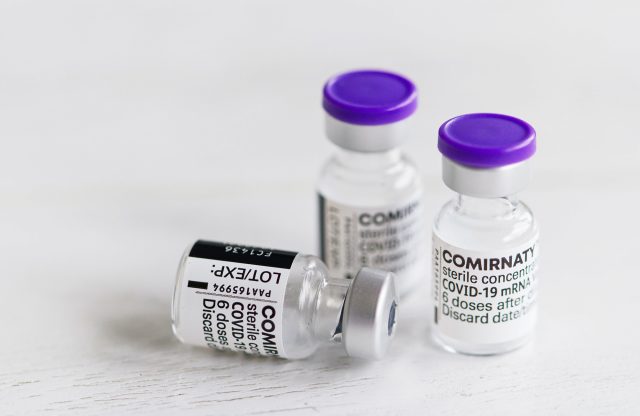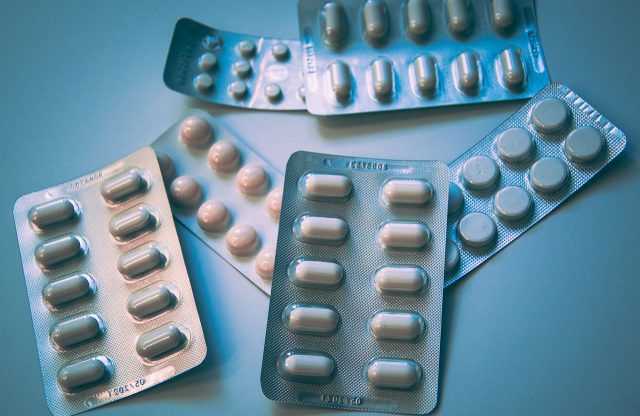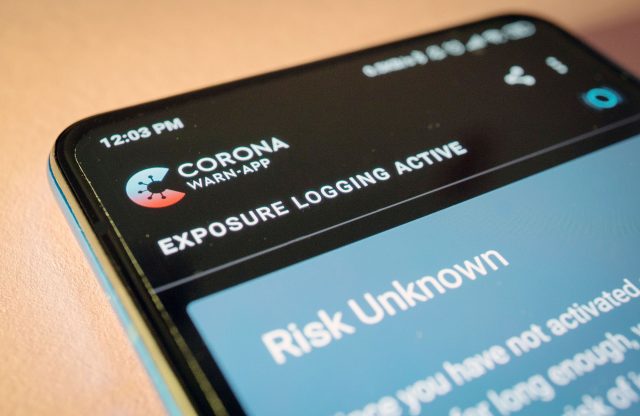Dr Robert Hess: How do viruses interfere with the p53 pathway?

Dr Robert Hess – 12/06/2021
Dr Robert Hess: How do viruses – and more particularly SARS-CoV-2 – interfere with the p53 pathway?
We look at the strategies employed by viruses against this tumor suppressor gene.
Since the onset of the pandemic, research has been conducted into the extent to which SARS-Cov-2 affects the p53 tumor suppressor gene and its pathway. Two widely published studies from 2020 and 2021 have provided interesting insights into this, revealing the molecular strategies by means of which viruses such as SARS-CoV-2 target the p53 function. It is also interesting to compare the combat strategies of other viruses with those of SARS-CoV-2, and we will also briefly discuss this below.
Virtually all viruses have evolved strategies and molecular tools to disable and/or control cell regulatory mechanisms in their hosts that might otherwise impede replication, dissemination or persistence. To this end, viruses have evolved specific proteins to target cell decision centers that regulate cell proliferation and survival as well as the innate immune response mechanisms used by cells to defend against viral infections, for example interferon-gamma-mediated antiviral responses.
Among these decision centers and mechanisms, the p53 tumor suppressor protein plays an important role. This stress-inducible factor can directly and indirectly command a variety of signaling pathways that control DNA replication and repair, cell proliferation, programmed cell death, metabolism and innate immune responses. This broad spectrum of suppressive effects makes p53 a highly “legitimate” target for many different cancers which seek to inactivate it by mutation, deletion or other mechanisms.
The p53 protein was originally discovered as a cellular target of the large T antigen (LT) of the oncogenic Simian Virus 40 (SV40). Over the years, a number of studies have identified an astonishing variety of molecular devices employed by each known viral family to hijack, control or impair the functionality of p53. In persistent oncogenic viruses, such as the human high-risk papillomaviruses (HPV 16, 18, 31, 45), these devices are so specific and powerful that they permanently inactivate p53 functionality and produce an oncogenic effect. Non-oncogenic viruses also produce proteins that interact with p53 or p53 regulators, thereby confirming that control of p53 is an essential mechanism to support efficient viral replication, propagation and in some cases persistence.
In this article, we briefly summarize the current state of knowledge regarding the mechanisms by which viruses interfere with the p53 pathway and the consequences that flow from this. We then discuss the evidence to date on how SARS-CoV-2 attacks the p53 pathway and look at the potential functional impact of this disruption on replication, pathogenesis and the potential long-term consequences of infection.
VIRAL STRATEGIES FOR THE CIRCUMVENTION OF P53
Seen from the perspective of a virus, the presence of an active p53 in the host cell represents a threat that must be neutralized or circumvented in order for the virus to go about its business of replication and propagation. The most immediate challenges posed by p53 are stress-induced programmed death of the host cell and induction of innate or adaptive immune responses of the antiviral kind. Programmed cell death – primarily through apoptosis – is a radical protective response at cellular level that effectively destroys the viral host cell. The p53 protein acts as a stress-activated switch for many pro-apoptotic pathways, so by seizing command of this switch, the virus ensures that it can control the survival and lifespan of its host cell.
The mechanisms chosen by individual viruses to the detriment of p53 depend on cell tropism, propagation cycle, and modalities of latency or persistence. In the next section, we give examples of three strategies that viruses use to target the p53 pathway: Hit and Run, Hide and Seek, Kidnap and Exploit. The name given to each of these strategies describes how the virus exploits the host cell for its own replication and propagation purposes and reveals the perfect adaptation of the virus to a particular ecological niche.
Hit and Run
Exemplifying the Hit and Run strategy is the influenza virus (IAV), a member of the Orthomyxoviridae family of RNA viruses and one of the most common agents of human respiratory infections. Speed is of the essence for IAV, as the time available to it for the cycle of infection, replication, and reproduction is very short. This cytolytic virus triggers host cell apoptosis to promote the release of virions from infected cells. It therefore employs the unusual strategy of attacking p53 to activate its ability to trigger programmed cell death.
Hide and Seek
This viral strategy comprises two sequential phases: first, the attenuation of p53 functions (hide) and second, the positive mobilization of p53 (seek) to support the virus at different stages of its life cycle. A typical example of such a hide-and-seek strategy is HIV-1, a lentivirus that latently infects CD4 lymphocytes and causes a loss of T-helper functions that in turn leads to AIDS. HIV-1 has evolved several proteins that target p53 either early or late in the viral life cycle.
Kidnap and Exploit
This strategy is a somewhat more sophisticated form of Hide and Seek in which the virus manipulates p53 with a whole range of molecular tools, not only to attenuate the antiviral effects mediated by p53, but also to exploit p53 as a factor that controls and facilitates viral replication. Examples of this strategy include members of the Herpesviridae family, such as herpes simplex virus 1 (HSV-1) and Epstein-Barr virus (EBV). Infection with HSV-1 is often asymptomatic: it manifests itself mainly as benign herpetic skin and mucosal lesions, but due to its persistence in neurons, the virus can also cause latent, recurrent infections.
HOW DO SARS-COV VIRUSES INTERFERE WITH THE p53 PATHWAY?
Information on how SARS-CoV-2 targets and manipulates the p53 pathway is still sparse and limited. However, the information we have for SARS-CoV-1 is more detailed. Given that the two viruses are approximately 89% genomically homologous and share many similarities in their infection and pathogenesis mechanisms, it is reasonable to speculate that both viruses use similar molecular mechanisms to target and circumvent p53.
The observations summarized above underscore the fact that SARS-CoV viruses, like most other virus families, have evolved and developed molecular tools that are well adapted to targeting p53 and its signaling pathway. The strategy followed by these viruses shares similarities with the kidnap-and-exploit strategy described above for EBV and HSV1. The distinguishing feature of this strategy is the hijacking of p53 by viral antigens that initiate alternative pathways for the degradation of p53, thereby not only impairing the suppressor functions of p53 but also protecting it from regulation under stress conditions. This mechanism shifts p53 from its normal cell response pathway to a viral response pathway, allowing the virus to bypass components of the p53-controlled pathways or even use them to its own advantage. How this mechanism affects the pathogenesis of SARS-CoV infections and, in particular, the progression of Covid-19 remains a matter for conjecture for now. Two scenarios can be considered:
1) p53 could serve as an antiviral factor that limits SARS-CoV virus replication and reproduction. Consequently, the rate and extent of virus replication might depend on how efficient it is in causing p53 degradation.
2) In parallel with the impairment of p53, SARS-CoV viruses also set in motion molecular programs that lead to oxidative cell and DNA damage and have the potential to hyperactivate p53, resulting in rapid and massive apoptosis. This mechanism could be a contributory factor in the severe lung inflammation and respiratory distress seen in severe forms of Covid-19. Again, p53 could act as a regulator, with the extent of cell and tissue damage depending on the intensity of the p53-mediated responses.
Placing these two scenarios in sequence, one can speculate that SARS-CoV tools (e.g. nsp3 or RCHY1) rapidly switch off p53 function upon infection, thus protecting the virus from innate immune responses and allowing replication. As replication and virus production begin to decline, p53 again becomes available for activation by DNA damage and other stress response pathways of the cell. At this point, the host cell has accumulated considerable oxidative damage, causing p53 to enter a hyperactive state. This, in turn, may contribute to setting in motion a sequence of events that leads to severe inflammation and tissue damage.
Further investigation is needed to determine whether restoring and normalizing p53 activity could be an accessible and affordable objective for Covid-19 therapy. To us, this seems to be a promising target, and we endorse the focus on p53 and its pathway. Further studies are already underway, and we continue to stay on top of the latest developments. The methylation of p53 genes is already central to the epigenetic monitoring of our Premium clients, with review and analysis taking place every three months. The current direction taken by pandemic with regard to SARS-CoV-2 and its impact on p53 further increases the need for monitoring. My traditional focus is on cancer prevention, and since the beginning of the pandemic, we have also become deeply involved in immunology. We are therefore following the fusion of these two areas of research with great interest.
